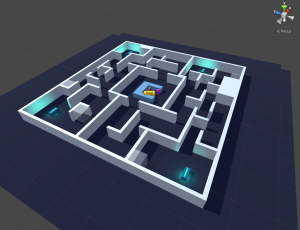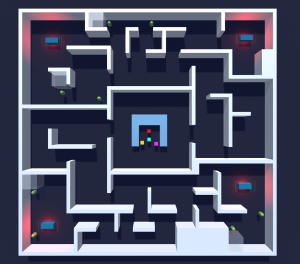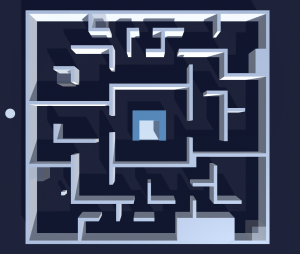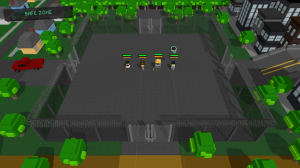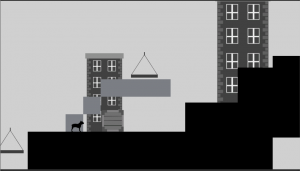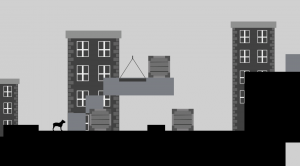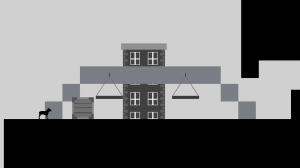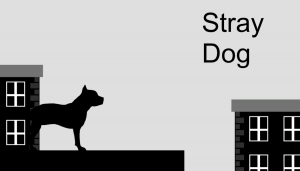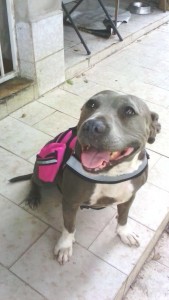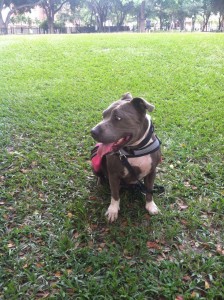Reflective Essay #3
With the third thesis presentation, I felt delighted with the results of the day. After struggling for the earlier part of the semester, I finally found myself having refined my idea and its presentation. However, I’ve continuously faced with residual problems that came from the original scale of the project. I’ve also been dealing with issues that arose from Unity itself, and with the quality of life changes that I had placed on the back burner due to said issues.
In regards to the game, it’s now as close as I as I can get it to my original vision. There have been some downscaling, but it’s not too far from the basic premise I had in mind. One thing I’m glad I was able to do to improve the presentation of the project is the appearance of the fighters the players use. The appearance of the characters in the game has been something that I have been unsure about since very early on. I don’t consider myself a lousy artist in any respect, but I realized three points in regards that told me it wasn’t going be a viable option for this project. The First point: Even If I was able to improve my drawing skills to a level I would have been satisfied with, I didn’t have the time to do so, far from it. The Second Point: If I tried doing something draw that could fit the timeline I had; It would have looked out of place with the rest of the presentation. Finally, if I made something that with drawings, it would have looked the same as any other card game, thus making my game blend with other games of the genre.
I first tried made some prototypes regarding this using Vector Art and Pixel Art. My main inspiration for the approach I was aiming regarding the character design came from some art from artist Tato (https://tomatatoro.tumblr.com/). I remembered seeing in some videos about character design mentions of his work doing redesigns of Overwatch characters. I took not his points regarding character palettes and thought that it would be a good idea to choose colors for both players to differentiate them better. The primary purpose idea would be to use a basic template of white, black, and orange or blue, depending on what side of the fight summoned the fighter.
The tests on both methods didn’t pan out. Pixel art, while I have good experience with, didn’t fit the rest of the game. Not only that, for them to be cohesive, I would need to make it big enough to the point it was like drawing, so it would have been a time sink. I wasn’t satisfied at the time with the Vector Art either, but that had more to do with the fact it felt flat with the character design I was making for it. Finally, I considered the idea of using 3D Models to represent the characters, but that obviously wouldn’t work. Until I had the idea to use blender shapes, for which the process is rather straightforward. It just took making exciting, recognizable profiles on Quads with Unity and then using Vertex Morphing to animate them. This allowed me to quickly and efficiently be able to make different characters, and also be able to give them the motion to help them stand out.
Finally, I also finished a gameplay element that I hadn’t had the time to make fully functional, and that is the functionality of the Arrows found on cards. The arrows were made to visualize and simplify the function of card effects, making it easier to understand by just needing to see the specific card to see what their arrows do. However, another element that I did to streamline was making it that to use the effect of a card; you have to attack with said card. This gave me an excellent way to balance cards by their attack power. Cards with 0 attack could have a substantial effect, but it would make the player have to give up attacks.
With all of this, and the final presentation coming, it’s becoming harder to juggle all the work I have to do with everything else. I’m on the last legs of the project, and the only hurdle I’ve been facing has been bugs found in Unity 2017 (specifically a bug messing with the function of Multi-Displays). I have finally managed to do an admittedly risky fix for it, and that will hopefully be the last of my problems with the software. The only thing left is to finish the project and all the documentation needed.


